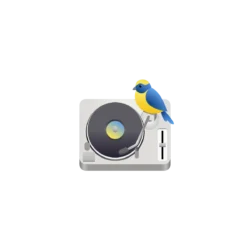For users of Music Player Daemon (MPD in short)? Here’s cool new client app in development for Linux desktop!
It’s euphonica, a free open-source app written Rust programming language and uses GTK4 + LibAwaita for modern user interface that’s well integrated with GNOME desktop.























